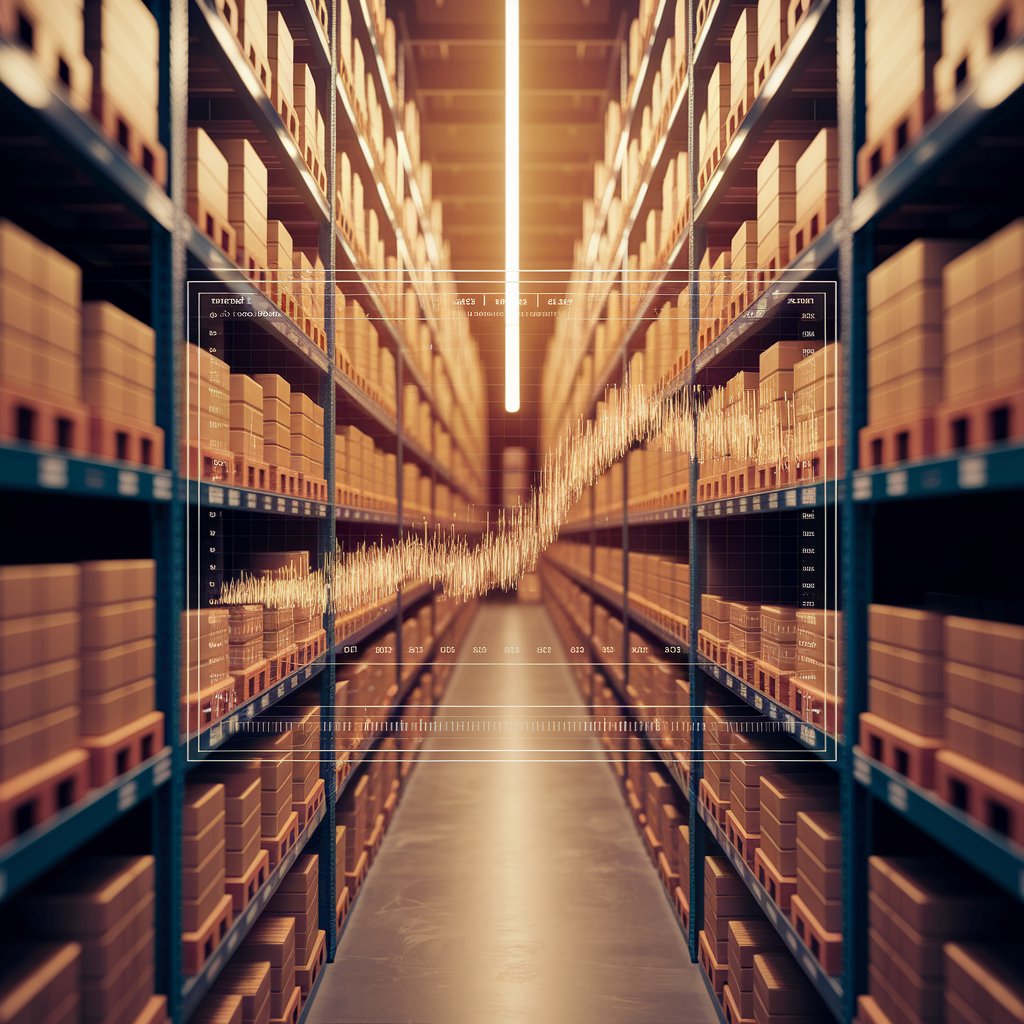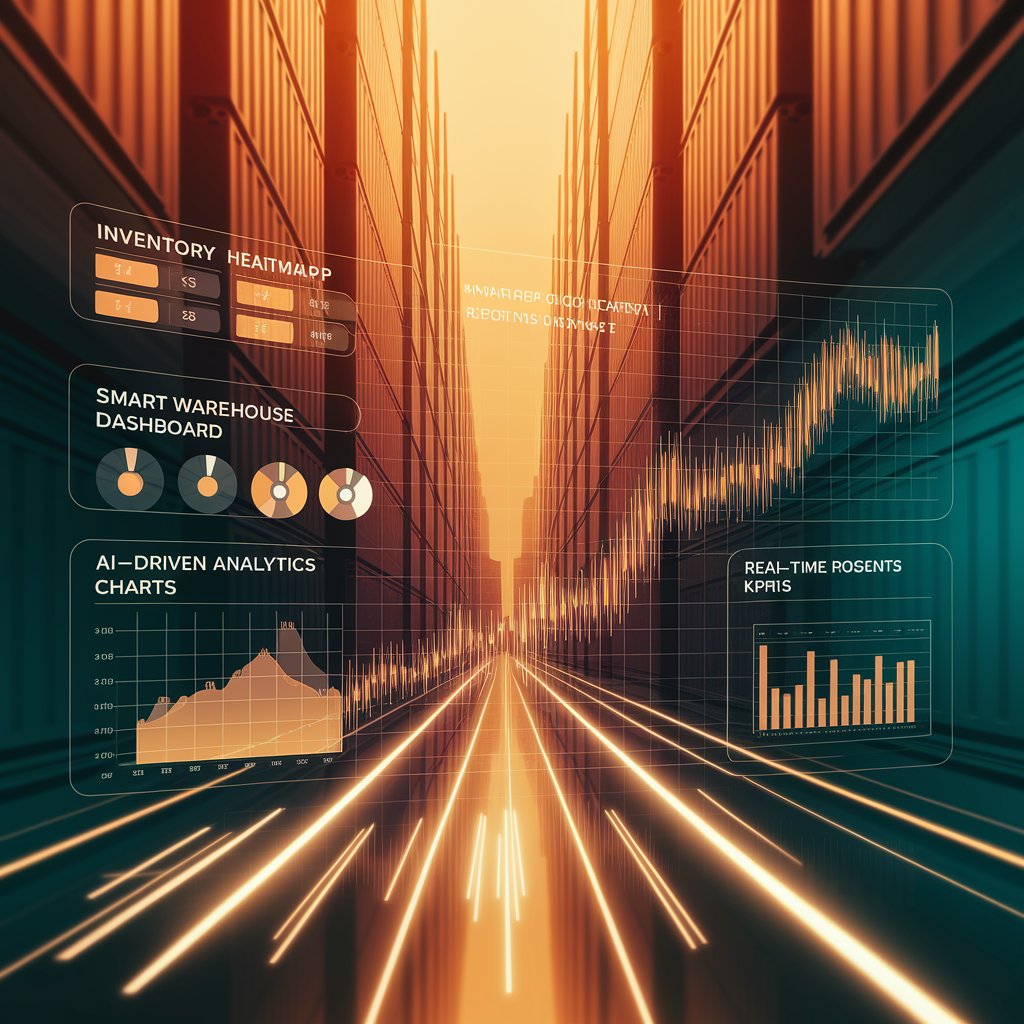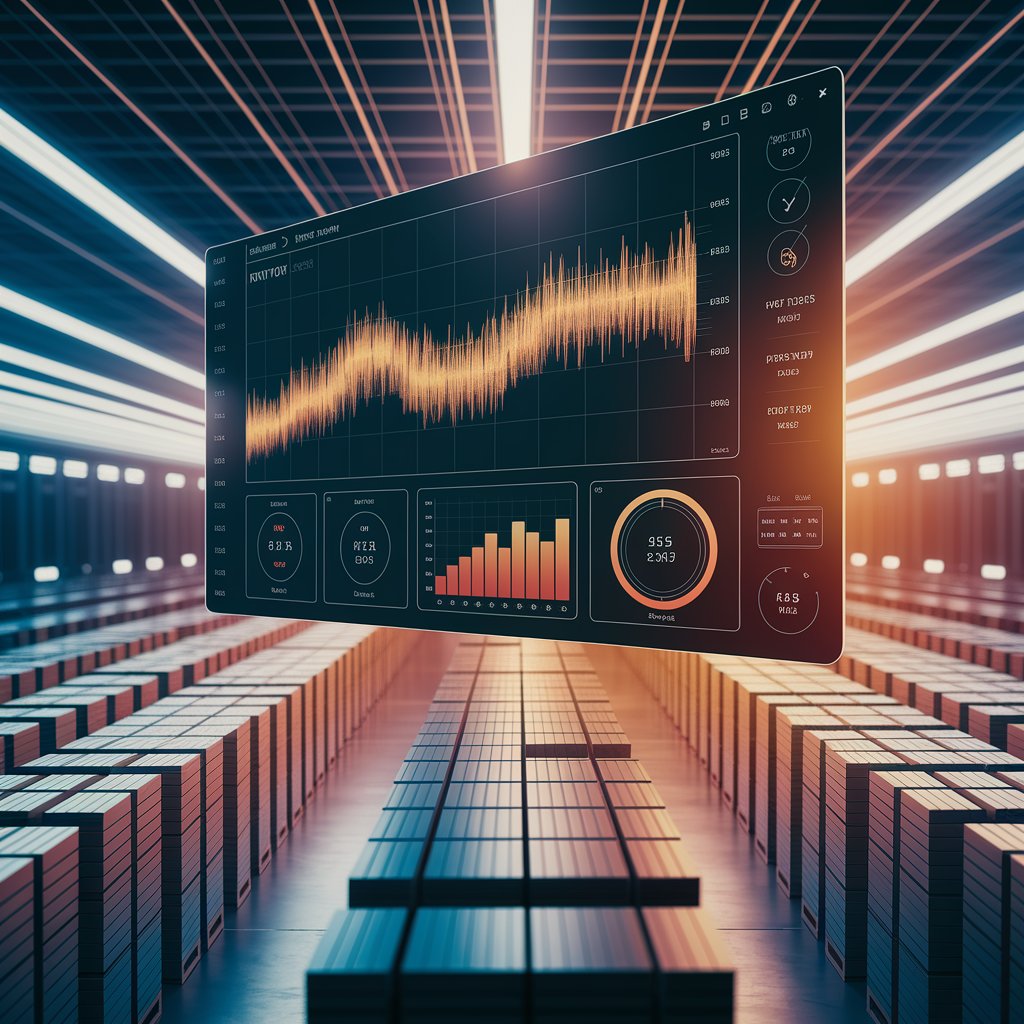Smart Warehouse Reporting: Turning Data into Real-Time Logistics Intelligence

Introduction
Linbis introduces smart warehouse reporting, a next-generation solution that integrates automation, artificial intelligence, and real-time analytics to deliver instant visibility across warehouse operations.
With Linbis, every movement, pallet, and process becomes measurable — and actionable.
Step 1: Centralized Data Collection
Linbis connects your entire warehouse ecosystem into one intelligent platform:
- WMS and ERP integration for synchronized data.
- IoT sensors and barcode scanners feeding real-time status updates.
- Order management and transportation links for full operational context.
- Inventory records continuously refreshed and validated by AI.
This ensures that all warehouse data flows into a single, unified reporting dashboard.
Step 2: Automated Report Generation
Forget static Excel sheets — Linbis automates warehouse reporting with dynamic data flows:
- Generates daily performance reports automatically.
- Sends real-time stock summaries to key stakeholders.
- Tracks picking, packing, and dispatch KPIs without manual input.
- Consolidates multi-warehouse data into one report.
Reports are delivered directly to your inbox or dashboard — always current, never outdated.
Step 3: AI Analytics and Predictive Insights
Linbis AI engine analyzes every data point to detect patterns and forecast performance:
- Predicts bottlenecks in fulfillment workflows.
- Identifies underperforming SKUs or slow-moving inventory.
- Recommends optimal stock placement for faster picking.
- Forecasts future storage capacity and labor needs.
This transforms raw data into predictive intelligence that drives warehouse efficiency.

Step 4: Interactive Dashboards
Smart warehouse reporting gives managers full visibility through interactive dashboards:
- Heatmaps of inventory flow and space utilization.
- Real-time charts for inbound/outbound order trends.
- KPI panels showing picking accuracy, cycle time, and productivity.
- Automated alerts for anomalies or threshold breaches.
Everything is visual, dynamic, and fully customizable to your warehouse’s specific needs.
Step 5: Role-Based Reporting
Different teams, different insights. Linbis tailors reports by department:
- Operations: picking efficiency, equipment utilization.
- Finance: inventory value, carrying costs, and order margins.
- Customer service: fulfillment rates and return metrics.
- Executives: strategic KPIs and performance summaries.
Each user sees exactly what they need — nothing more, nothing less.
Step 6: Continuous Optimization
Every report becomes a source for improvement:
- Linbis AI learns from performance trends to refine forecasting.
- Suggests layout and labor adjustments to speed up operations.
- Flags repetitive errors and recommends workflow fixes.
- Updates reporting rules automatically as processes evolve.
Your reporting system grows smarter every day — adapting to your warehouse’s changing reality.

Advanced Features
- AI-driven analytics and forecasting engine.
- Automated daily, weekly, and monthly reporting.
- Multi-warehouse data consolidation.
- Custom dashboards by department or role.
- Predictive recommendations for continuous improvement.
Real-World Example 🏭
A 3PL warehouse operator in Texas implemented Linbis smart warehouse reporting to replace manual KPIs.
After 3 months:
- Cycle time improved by 28%.
- Picking accuracy increased to 99.3%.
- Reporting time reduced from hours to seconds.
Now, management reviews performance in real time — not days later.

Benefits 📈
- Visibility: Real-time data across warehouse operations.
- Speed: Automated, error-free reporting.
- Accuracy: Reliable AI-driven insights.
- Scalability: Manage multiple warehouses seamlessly.
- Efficiency: Continuous improvement through analytics.
Conclusion
With smart warehouse reporting, Linbis turns logistics data into a strategic advantage.
By merging automation, AI, and real-time analytics, Linbis helps logistics professionals make faster, smarter, and more profitable decisions.
Your warehouse doesn’t just store goods — it stores intelligence.
